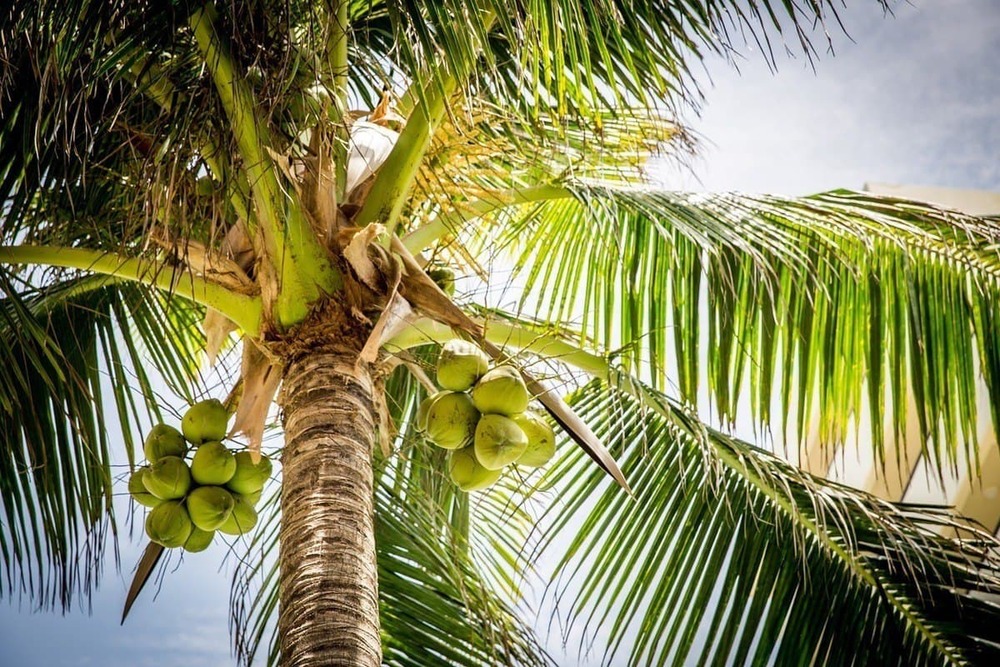An international research team from Russia, India and Thailand has presented a technology for manufacturing a reinforcement (strengthening) composite from a waste coconut leaf sheath (CLS). Due to its lightness and strength, it can be used to cover autobahns, create interiors for railway cars and airplanes, as well as for domestic needs. The results of the study have been published in the Polymer Composites journal.
Natural fibers — coconut, sisal, coir, jute, banana, hemp, bamboo — are increasingly in demand in the industry, as they have high mechanical strength and stiffness, excellent thermal stability and corrosion resistance. Manufacturers are increasingly using them to replace synthetic fibers as a cost-effective, affordable and environmentally friendly solution.
The study on green composites has been conducted by King Mongkut’s University of Technology North Bangkok jointly with the NUST MISIS Department of Engineering of Technological Equipment . The leading scientists from Thailand are Dr. Sanjay Mavinkere Rangappa, Senior Research Scientist at KMUTNB, and Prof. Dr. -Ing. habil. Suchart Siengchin, President of KMUTNB.
The superior properties of composite made of natural fibers are driven especially by a good interfacial bonding at the interface of fiber and matrix. To obtain it the natural fibers, which belong to hydroxyl groups containing lignin and cellulose are generally chemically modified. By using chemical or surface modification, it is possible to improve the degree of interlocking of at the interface of fiber with a matrix, which results in excellent resistance to failure of the materials," said Sergey Gorbatyuk, co-author of the study, Professor of the Department of Engineering of Technological Equipment at NUST MISIS.
NUST MISIS scientists, together with colleagues from India and Thailand, have made a so-called green composite, which is based on coconut fiber reinforced with a phenol-formaldehyde composite (based on phenol resin, a synthetic polymer).
Coconut fiber composites with 60% and 40% phenol formaldehyde were made by hand lay-up technique followed by compression molding. The study was carried out by testing tensile, flexural, impact strength, as well as measuring the rate of water absorption and biodegradability characteristics.
According to the developers, the results confirm the superior mechanical properties of the green composite compared to natural coconut fiber are driven by the low content of hydrophilic hydroxyl groups and reduced impurities.
To optimize the technology, the researchers compared two types of fibers — untreated and mercerized — treated with a concentrated solution of caustic soda (which is the most common alkali) and washed with hot and cold water. The mercerized composite samples showed an elastic modulus of about
As the authors emphasize, the excellent results of the processed fiber composites based on coconut shell confirm that the created composite is a good candidate for domestic and industrial applications in the decoration of cabins and railway cars, highway construction, in commercial interior design as environmental wall and floor coatings.
In Russia, developers plan to adapt the technology using flax, hemp and nettle fibers as raw materials.






